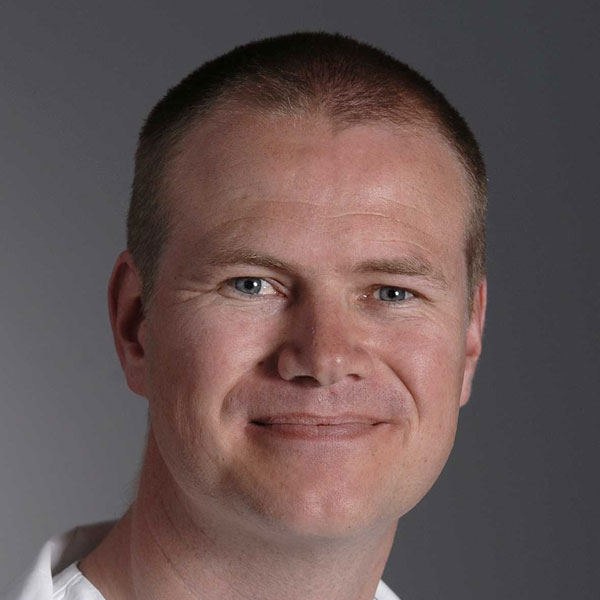Anders Opdahl, MD, PhD-student, first author of article published in "Circulation"

The article entitled "Determinants of Left Ventricular Early-Diastolic Lengthening Velocity: Independent Contributions from Left Ventricular Relaxation, Restoring Forces, and Lengthening Load" has recently been published in the top rated cardiovascular journal "Circulation" (journal impact factor 12.8). The authors are Anders Opdahl (photo) and co-workers at Institute of Surgical Research.
Investigating mechanisms of early-diastolic lengthening have been Anders Opdahl’s main research topic since he started as PhD-student. The present article will be an important part of his PhD-thesis, and the work has already resulted in several oral presentations at American Heart Association Scientific Sessions.
The present article is about left ventricular early-diastolic mitral annulus velocity (e’), which is used widely across the world as an echocardiographic marker of diastolic function. However, the mechanisms of e’ have only been partially understood. This translational study gives new mechanistically understanding of cardiac function and dysfunction, which immediately can be implemented clinically in the echocardiographic assessment of cardiac function.
Institute for Surgical Research is headed by Professor Ansgar O. Aasen who acknowledges the importance of translational research by letting many clinical research fellows getting the opportunity to investigate important clinical problems. The second author, Espen W. Remme, MSc, Dr Ing, wrote his thesis about cardiac mechanics, and is an example of the importance of including non-medical professions in this type of research.
Clinical perspective:
Measurement of left ventricular early-diastolic lengthening velocity (e´) by tissue Doppler echocardiography is used clinically to evaluate diastolic function, and the ratio between peak transmitral early-diastolic velocity and e´ has been introduced as a noninvasive estimate of left ventricular diastolic pressure. A number of studies indicate that e´ is closely related to the rate of left ventricular relaxation.
The present experimental study indicates that left ventricular transmural pressure at the onset of diastolic filling, which represents a lengthening load (early-diastolic load), is another important independent determinant of e’. Clinically, lengthening load would approximate left ventricular end-diastolic pressure. The present study also indicates that restoring forces, analogous to the elastic recoil after release of a compressed spring, is another important independent determinant of e´.
Experimentally, restoring forces were quantified as the magnitude of contraction below myocardial resting length. Clinically, this is reflected in end-systolic length and magnitude of contraction. The present study confirmed that rate of relaxation is an independent determinant of e’. In the normal heart, with rapid relaxation, lengthening load and restoring forces are probably the main determinants of early-diastolic lengthening velocity. The relative contribution of the different determinants may depend on the functional state of the ventricle, with a more important contribution from rate of relaxation during heart failure.
Links:
Determinants of Left Ventricular Early-Diastolic Lengthening Velocity. Independent Contributions From Left Ventricular Relaxation, Restoring Forces, and Lengthening Load.
Opdahl A, Remme EW, Helle-Valle T, Lyseggen E, Vartdal T, Pettersen E, Edvardsen T, Smiseth OA.
Circulation. 2009 May 4. [Epub ahead of print]
Anders Opdahl's PubMed registered articles
Institute for Surgical Research
Division of Cardiovascular and Respiratory Medicine and Surgery